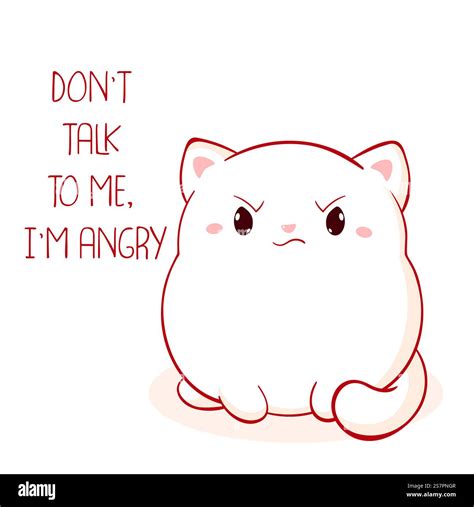The Enduring Question of Belt and Shoe Harmony
For decades, a cornerstone of sartorial advice has been the dictum: match your belt to your shoes. This seemingly simple rule, passed down through generations, has guided countless individuals in their quest for a polished and cohesive appearance. But in an era where personal expression often trumps rigid conventions, how strictly should one adhere to this classic pairing? Is precision matching an absolute necessity, or is there room for nuance and deviation?
The Traditionalist’s View: Precision is Key
In formal and business settings, the traditionalist’s answer is unequivocally yes: precise matching of material and color is paramount. Imagine a sharp suit, crisp shirt, and gleaming leather shoes. A belt that perfectly complements the shoes—whether smooth black calf leather with black oxfords or dark brown suede with brown suede loafers—creates an unbroken visual line, signaling attention to detail and a sophisticated understanding of dress codes. This adherence to convention projects professionalism and an air of deliberate elegance.
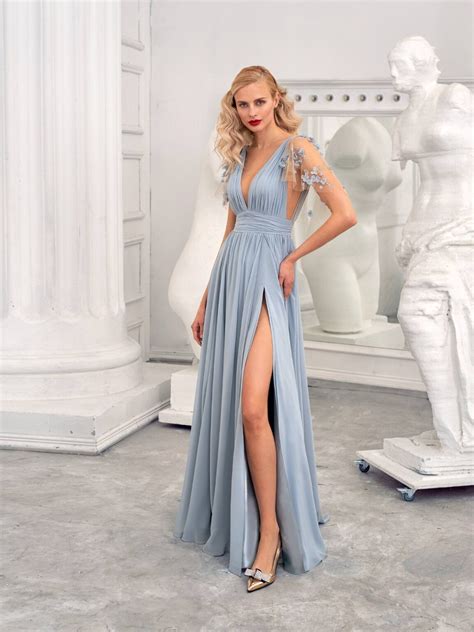
Why the Strict Rule?
The underlying principle behind this strict matching lies in visual harmony. When your belt and shoes are identical in color and texture, they act as subtle bookends for your outfit. This creates a sense of completion and prevents any single element from drawing undue attention. A mismatched belt, particularly in a formal context, can disrupt this flow, creating a visual ‘break’ that undermines the overall polished effect. It’s about presenting a cohesive and intentional aesthetic.
When to Bend (or Break) the Rules
While the precise match remains king for formal attire, the landscape shifts considerably when moving into smart casual, casual, or creative dress. Here, the rules become more guidelines, allowing for personal style and contemporary trends to take precedence. The goal transitions from strict uniformity to creating interesting contrasts and complementary pairings.
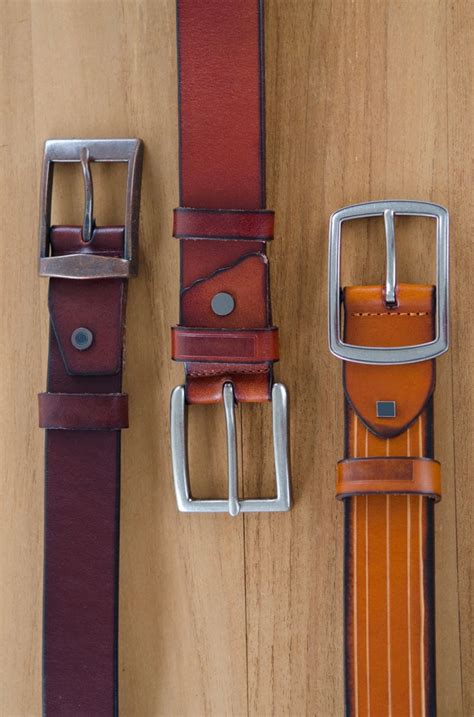
The Nuances of “Matching”
- Color: Instead of exact replication, consider complementary shades. A medium brown belt can work well with tan shoes, or a navy belt with dark brown loafers. The key is that the colors should not clash or appear accidental. For vibrant outfits, a neutral belt (like a simple black or brown) can anchor the look, even if it doesn’t precisely match the shoes.
- Material: While leather to leather is ideal, different textures within leather (e.g., a smooth leather belt with suede shoes) can create a sophisticated contrast. For casual wear, fabric belts (like canvas or braided belts) offer a fantastic opportunity to play with color and texture, often paired successfully with sneakers, boat shoes, or casual boots.
- Hardware: Don’t forget the buckle! Ideally, the buckle’s finish (silver, gold, matte, polished) should align with other metal accessories you’re wearing, such as your watch, cufflinks, or even glasses frames.
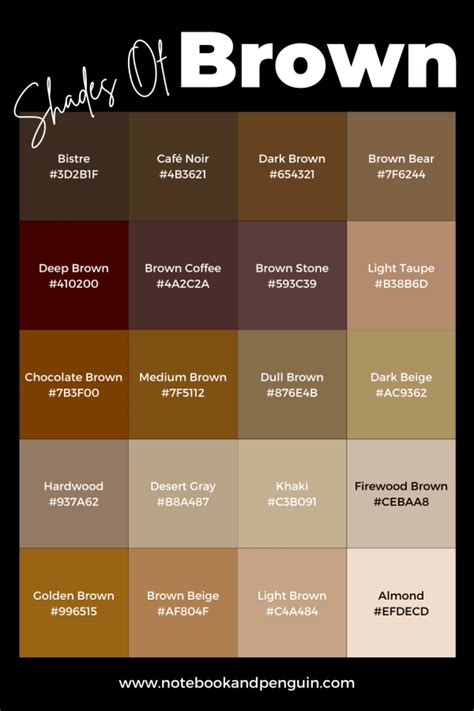
Beyond the Match: Intentional Styling
In modern style, the emphasis has shifted from precise replication to intentionality. It’s less about whether your belt and shoes are identical, and more about whether they look like they belong together. A well-chosen belt, even if not an exact match, can serve as a focal point or a subtle accent that elevates your entire ensemble. Consider the overall palette of your outfit—your trousers, shirt, jacket—and aim for a belt and shoe combination that contributes positively to that aesthetic.
For example, a casual outfit featuring chinos and a polo shirt might benefit from a braided leather belt in a slightly different shade than your boat shoes, adding texture and visual interest without looking jarring. Similarly, a minimalist outfit might call for a belt and shoes that are both sleek and understated, even if their hues aren’t perfectly aligned.
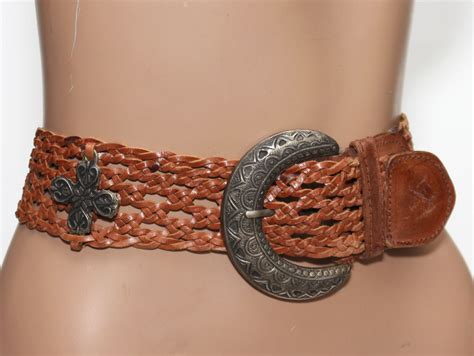
Practical Tips for Your Wardrobe
- Invest in Basics: A quality black leather belt and a quality dark brown leather belt are foundational. These will cover most of your formal and smart-casual needs when paired with black and brown leather shoes, respectively.
- Expand Gradually: Once you have the basics, consider adding belts in different shades of brown (tan, medium brown) and various materials (suede, woven, fabric) to enhance your casual options.
- Consider the Occasion: Always let the formality of the event dictate how strictly you adhere to the matching rule.
- Trust Your Eye: Ultimately, personal style is about what looks good to you and what makes you feel confident. If a combination feels right, chances are it works.

Conclusion: A Rule with Room for Interpretation
The importance of precisely matching your belt’s material and color with your shoes is not a universally rigid law. It is highly dependent on the context and the desired aesthetic. For formal settings and traditional business attire, precision is indeed paramount, signaling respect for convention and impeccable style. However, in the vast realm of casual and smart-casual dressing, the rule transforms into a guide, inviting thoughtful experimentation and personal expression. The goal remains the same: to create a cohesive, intentional, and appealing look, whether through exact replication or artful complementation.



